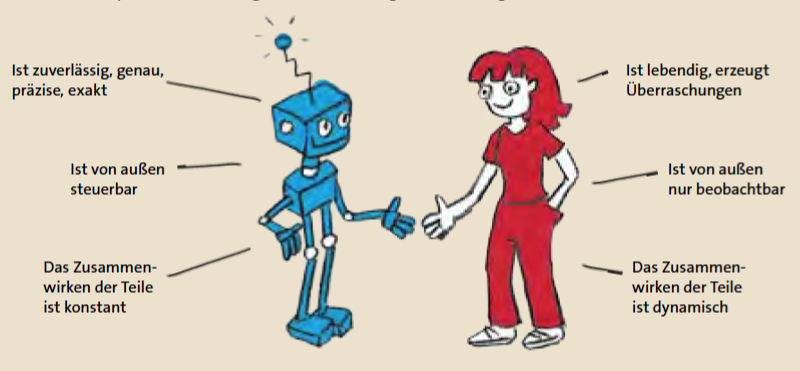How often do you look at your smartphone per day without it ringing? Even during working hours, we find ourselves regularly checking our display for new messages, whether it is flashing or not. But why do we feel this need to pick up the “phone” without being called or receiving a message? (Source Hubspot ). Many outside of Generation Z know a time before the smartphone. But how has our society actually changed from the age of knowledge to the digital age?
The age of knowledge
Meanwhile, a new age has arrived: the knowledge and service-oriented society. Above all, different and inconsistent processes are in the foreground. Today’s customers want individual advice, depending on their particular starting situation. A complex world with almost unmanageable access to innumerable sources of information requires knowledge workers (so-called “knowledge workers”) who work together to find tailor-made solutions (source: Adesso).
That’s how he defines Blog knowledge work the term as follows: “Knowledge work is the accomplishment of tasks that are so complex or novel, at least for the person concerned, that their experience is insufficient to arrive at the desired result, so that it becomes necessary for them to acquire new knowledge, to integrate it, or to develop. This need to acquire new knowledge represents a barrier in the search for the right solution.”
However, competitive and innovative pressure, complex work processes and a changing economic order are forcing companies to rethink. If the center of knowledge work was to solve problems, a new one, the digital age, is breaking out and the aim is to recognize potential.
The change into the digital age
The digital age is not a fad, but a reality. I already have a definition of this in my article: What is digital transformation given. That’s what she says Bitcom : Digital transformation is when we no longer buy books in the shop around the corner, but rather the e-book online, which appears immediately on our reader. Digital transformation is when more and more people ignore program television and prefer to watch films via streaming providers. If we don’t buy a baby monitor, but use our smartphone with an app for it. Digital transformation is when doctors advise patients via video chat or the X-ray diagnosis comes from a telemedical center. And when our car drives us home autonomously after the party and then independently looks for a parking space.
So what’s the difference now? While we still had to solve many complicated problems in the age of knowledge, which could mostly be understood and actually only knowledge was missing, we are now faced with new complex problems that are fundamentally different. See the illustration below for an illustration.

A digital age full of complexity
The corporate environment is more dynamic and complex today than it was 100 years ago. That is a truism. However, only a few pioneering companies have adapted their corporate management to the new requirements so that they can deal with the complexity and dynamics much more successfully than their competitors (source bbrt.ch ). Also read my article for more Dynaxity .
So it’s getting more dynamic and complex. The red, i.e. the complex, described by Pfläging can no longer be solved by old methods. So, among other things, 2 very well-known methods have prevailed, which I would like to introduce.
Scrum
Scrum enables many companies to deliver better products in less time. In order for this to work successfully, development teams are provided with a dedicated Scrum Master who helps them with improvements in cooperation with one another and in the company in general. It has already established itself as an absolutely leading framework in software development. For more on Scrum, see this Book by Boris Gloger.
Lean startup
The elements of the lean startup theory are the interactive product launch, a very short product development cycle and, as an important element, customer feedback. The feedback on the young product enables measurable learning about customer wishes and the needs of the market. The knowledge gained then in turn leads to a further product development cycle (source Start-up scene ). With this method I have my startup, among other things Projektify built up. In this way, complex issues can be looked at in an exploratory manner, so to speak. For more about the Lean Startup, see this Book by Eric Ries.
Complexithodes
In order to solve complex questions, you need methods for complexity. Niels Pfläging calls these “complexithodes” – organizational tools that are as lively as today’s markets and today’s work. Lean Startup and Scrum are just a few such methods. See the illustration for more methods for complexity. For more information you can refer to the book by Niels Pfläging watch.




